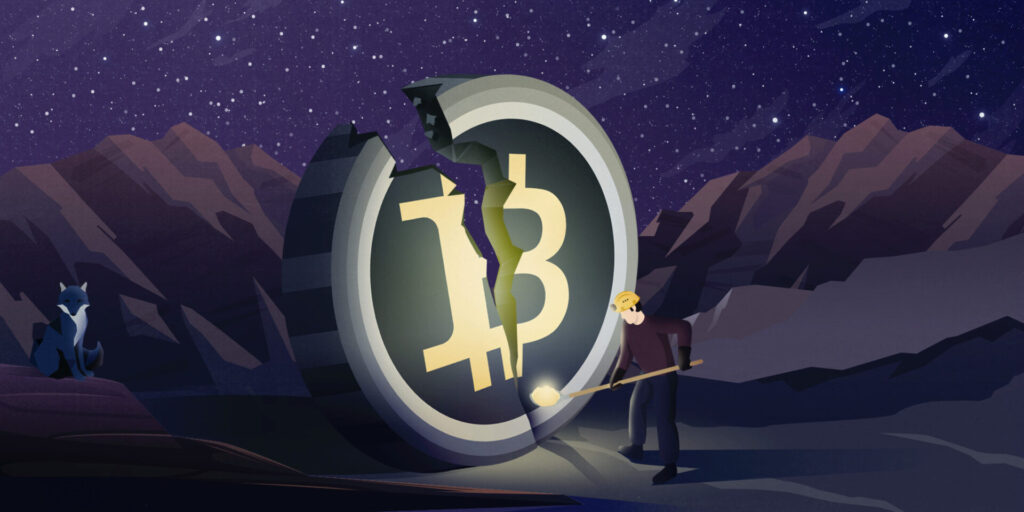Strong miners might be about to eat the weak ones as the reward for mining BTC gets cut in half, experts say.
:format(webp)/cloudfront-us-east-1.images.arcpublishing.com/coindesk/CRS5O7Y4ZFFIXE6Y47LVPMLTXA.jpg)
Darwinism could soon pummel some bitcoin (BTC) miners as the halving, a once-every-four-year event that cuts the reward for creating new BTC gets cut by 50%, unleashes a “survival of the fittest” battle in April.
To prepare for the disruptive event, larger companies are securing newer and more-efficient mining machines. But they might also consider gobbling up smaller miners as they figure out how to both survive and benefit from the halving.
Just ask Marathon Digital (MARA), the largest publicly traded miner by hashrate (industry jargon for the computing power it can direct toward running the Bitcoin network). The firm said this week that it’s got a hoard of money – more than $800 million of cash and bitcoin – and will seek to grow that to “capitalize on strategic opportunities, including industry consolidation” ahead of the halving.
Meanwhile, another large miner, Hut 8 (HUT), just completed its all-stock merger with a privately held US Bitcoin. CleanSpark (CLSK) has been collecting cheap assets since the start of the bear market and said it has almost $170 million shored up to “take advantage of opportunities the halving may present.” And Riot Platforms (RIOT), another institutional-grade miner, has just ordered 66,560 new mining machines for $290.5 million to stay ahead of the competition.
The scene is set for a dog-eat-dog competition.
“Leading up to the halving and in its aftermath, miners will need to place substantial emphasis on strategic planning. The adage, ‘If you aren’t growing, you are dying,’ holds true,” said Amanda Fabiano, the former head of Galaxy Mining who started her own consulting services company for the industry.
In fact, mining consultancy firm Blocksbridge said that a dozen public mining companies have already committed over $1.2 billion so far this year to buy mining machines, with about $750 million signed over the past two months.

